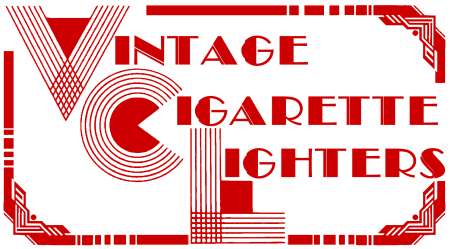|
 The USS Los Angeles was a helium airship completed in 1924 at the Zeppelin factory in Germany and given to the U.S. Navy as part of WW1 reparations. After an initial 3-day Atlantic crossing she docked at the Lakehurst, New Jersey naval station where hydrogen gas was replaced with helium. The USS Los Angeles was a helium airship completed in 1924 at the Zeppelin factory in Germany and given to the U.S. Navy as part of WW1 reparations. After an initial 3-day Atlantic crossing she docked at the Lakehurst, New Jersey naval station where hydrogen gas was replaced with helium.
The Navy began flying her in November, 1924 (commissioned by Mrs. Calvin Coolidge) to explore the potential as a commercial mode of transportation. Built to carry 20 passengers, she had a crew of 40-45 and flew numerous cross country trips along with flights to Bermuda, Puerto Rico, and Panama.
 The Los Angeles was the first airship to pioneer airplane launches as well as land on the aircraft carrier Saratoga. The Los Angeles was the first airship to pioneer airplane launches as well as land on the aircraft carrier Saratoga.
She was decommissioned in 1934 and later used by the Navy for 3 years of non-flight training. In 1939, after the longest career as a rigid airship, the Los Angeles was taken apart for scrap. This “lighter” than air Zeppelin was an important part of aviation history. Further reading and photos can be found on the Internet by searching “USS Los Angeles”.
 Many novelty items manufactured as souvenirs were made to celebrate the airship. One of the most prized to lighter collectors is the pocket striker lighter. A nicely detailed chrome plated 2-5/8” long miniature replica made in Germany (marked on back) circa 1925; probably made by Pirona, an important manufacturer of striker lighters. Many novelty items manufactured as souvenirs were made to celebrate the airship. One of the most prized to lighter collectors is the pocket striker lighter. A nicely detailed chrome plated 2-5/8” long miniature replica made in Germany (marked on back) circa 1925; probably made by Pirona, an important manufacturer of striker lighters.
The USS Los Angeles airship still flies on today in the aviation collections throughout the world.
Lighter Photos by Larry Tolkin / USS Los Angeles photo from Naval Historical Center
|

